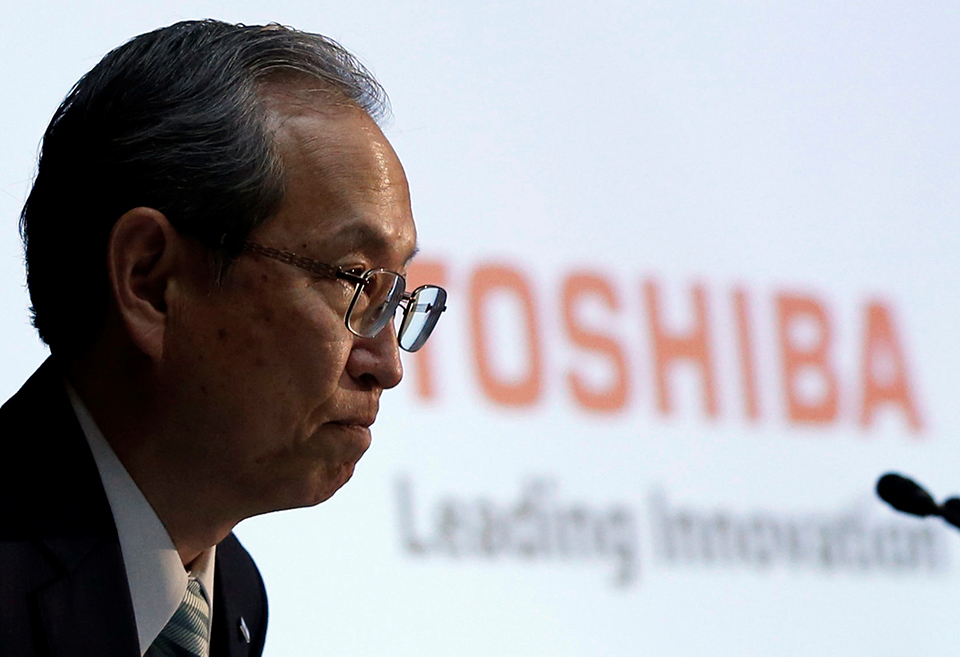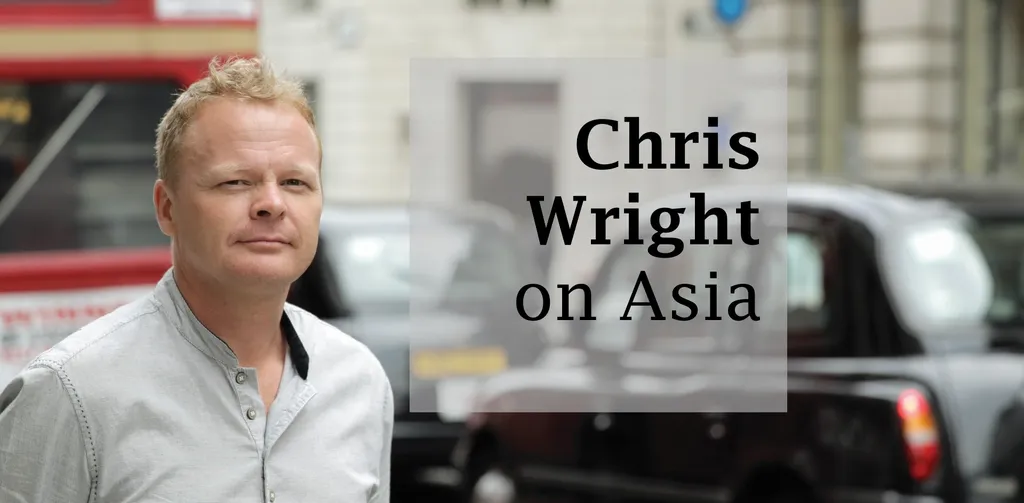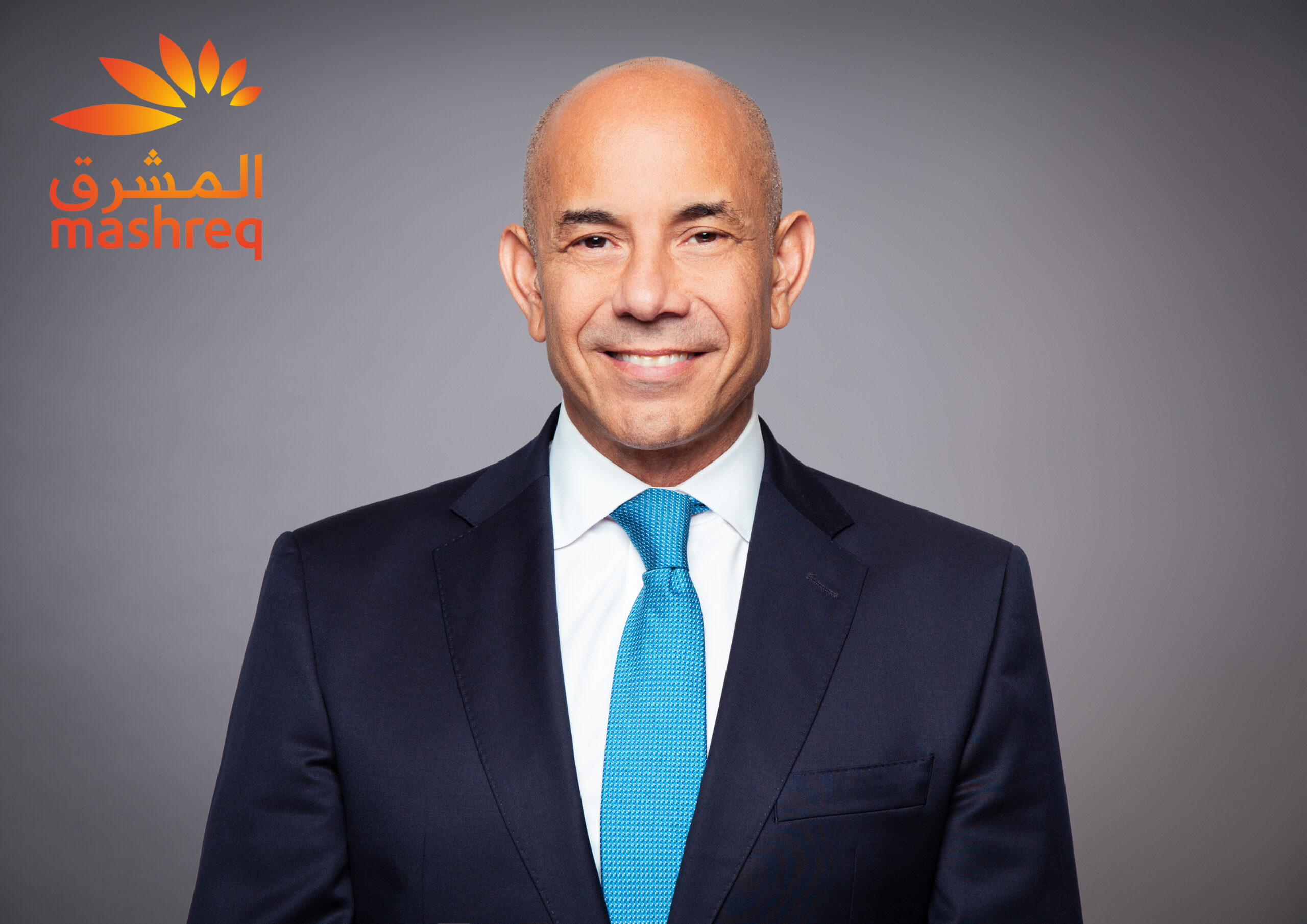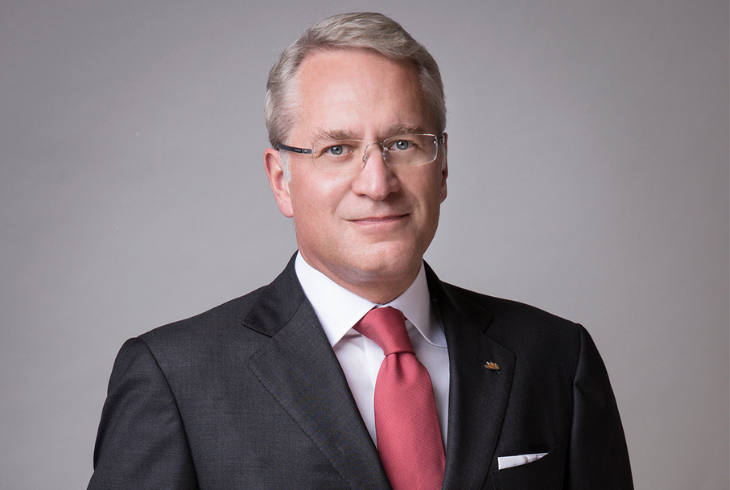The restructuring and corporate governance carnival that is Toshiba continues to deliver. Having declined the option of a private equity buyout of the company late last year, the Japanese conglomerate is now into the second iteration of a proposed restructuring – and some of its biggest shareholders are no closer to liking it.
In November, Toshiba announced a plan to split itself into three companies, much to the chagrin of its many hedge fund and activist shareholders, who would much rather have seen the whole business taken private and revamped away from the spotlight of the listed markets.
Singaporean 3D Investment Partners, Effissimo Capital Management, Farallon Capital Management and Elliott Management are believed to hold more than 30% of the company between them and, while the four alternative managers do not appear to be acting in concert or even talking much to one another, they are united by the common ground of having little trust for Toshiba’s management. 3D called for an extraordinary meeting to vote on the split in January.
So, as always with Toshiba, there is much further to run before there is any clear resolution
That did not happen, but instead, on February 7, Toshiba came up with a different plan, splitting the company into two rather than three. Under the new idea, the devices business, which includes semiconductors, would be spun off and listed as one company. Toshiba would remain an infrastructure company.
The deal was sweetened by a number of other pledges: a target to improve shareholder returns to Y300 billion ($2.6 billion) in the next two years, up from a previous target of Y100 billion; a promise to encourage the memory-chip business Kioxia, in which Toshiba is a 40.6% shareholder, to sell; a commitment to shift the non-core lighting and elevator businesses and an air-conditioning joint venture called Carrier Global; and the extension of a buyback programme.
The market response to the idea was initially positive. Shares rose 4% and ended the day 2% up, but have fallen since and within two days were lower than they were at the start of the week.
Could that be because the restructuring is not all that it seems? Some large investors think so.
Approval threshold
One interesting variation that comes with the changed plan, some shareholders say, is the approval threshold. To conduct a demerger of the style envisaged in the three-way split, a company requires a two-thirds approval from shareholders.
But a carveout such as what is being proposed in the two-company arrangement is different. It is, in effect, a distribution of the shares of the spun-off company to existing shareholders. In that respect, it is legally a dividend and can be done without a shareholder vote. The board can resolve to do it; in effect, the hurdle has been reduced from two-thirds of shareholders to half the board.
“The only reason they are doing this is to lower the hurdle from 66 to 50%,” one shareholder tells Euromoney.
“It is a blatant attempt to thwart the will of the shareholders and try to ram through the proposal, the consequence of which is more time for the incumbent management team to maintain power and continue their history of underperformance.”

Toshiba’s interpretation is different.
In written responses to Euromoney, Toshiba says there are two different types of spin-off in Japan: a stock distribution or a split-off. Although the specific method for the split is not yet decided, Toshiba says that a split-off, which requires a whole separate legal organization, is not necessary because Toshiba Electronic Devices & Storage Corporation – which would hold the spun-off assets – already exists and is conducting business. So, the likely approach is a stock distribution, conducted as what is in effect a dividend, a distribution in kind.
So far, both sides agree. Then it gets complicated.
Toshiba notes that the government introduced a tax-free spin-off system in 2017 to revitalize Japanese industry, although so far only a mid-sized company called Koshidaka Holdings has used the system.
To make the system more user friendly, the government has added a special provision. This says that if a company’s restructuring plan is approved and certified under Japan’s Act on Strengthening Industrial Competitiveness, then the voting threshold changes.
This sounds arcane, but is crucial. Without that certification, a special resolution of two-thirds at the shareholder meeting will be required for the split to take place. But with certification, the distribution in kind – that is, the spin-off through a stock distribution – can be determined by a board of directors’ (BOD) resolution or a simple majority.
“Toshiba can determine dividend at a BOD meeting as well as at the shareholders’ meeting, so we can be classified as either of those,” says Toshiba. “THIS IS THE SAME FOR BOTH 3 WAY and 2 WAY SPLITS [Toshiba’s caps].”
“Therefore, technically speaking, we can proceed with a split with only a BOD resolution (no need for AGM resolution). However, although we haven’t determined how to take the resolution at the next year’s AGM, we have at least expressed our policy to submit the split to the next year’s AGM.”
Toshiba also says that if the spin-off is carried out as a stock distribution, it will be subject to the same resolution requirements as an ordinary dividend, whether it is a two-way or a three-way deal.
“The refinement of the scheme from a three-way to a two-way split was made to ensure a solid financial structure, to remove uncertainty regarding keeping Toshiba listed, and to make sure of the completion of the split within the targeted timeframe,” Toshiba says. “I would like to remind you that the scheme was not changed with any particular resolution requirements in mind.”
It gets more complicated still. There is a separate provision in the Companies Act where two-thirds shareholder approval is explicitly required if there is any transfer of assets greater than 20% of gross assets. But this has not really been tested in practice. It is unlikely to make much difference in the short term, but could set up another battle with shareholders in a year or two when the legal process to give effect to the split commences.
So, as always with Toshiba, there is much further to run before there is any clear resolution.
Mistrust
Fundamentally, the problem right now is that many of Toshiba’s largest shareholders just do not trust the management, in particular chief executive Satoshi Tsunakawa and COO Mamoru Hatazawa. The investors do not believe options for sale to private equity have been properly considered; indeed, local media has reported that two bidders have shown interest at a level of more than Y6,000 per share, compared to Y4,400 at the time of writing. “All indications are private equity is extremely interested,” one shareholder says.
This school of thought argues two things. One, bluntly, is that as investors they are going to do much better with a private equity house paying a big premium rather than waiting for this restructuring plan to bear fruit; and the other is that the governance problems are so drastic at Toshiba that the whole place needs a serious bout of housecleaning that is much easier to do out of the public eye.
“We were very excited in 2019 when we had all the big corporate governance changes, but nothing’s changed,” says one shareholder. “That’s why we’ve been pushing for privatization because they need to do the drastic surgery to make this company better again.”
Two notable banks are now understood to be in Toshiba’s corner. Euromoney has reported before on the curious role of Goldman Sachs, which is understood to have a defence advisory mandate – defence, in this case, being from its own activist shareholders – and is also understood not to be receiving a fee for the advice, in the hope of getting sell-side M&A mandates from the restructure.
But UBS is understood to be the restructuring adviser to Toshiba. Both UBS and Goldman declined to comment.
The whole Toshiba case remains a litmus test for corporate-governance reform in Japan. The government is intent on having companies that listen to shareholders and deliver for them, focusing on core competencies and divesting what is superfluous, all of it with an air of transparency. The outcome, it is intended, is better businesses delivering excellent shareholder returns.
There are many examples of it working. Toshiba is not yet one of them.




